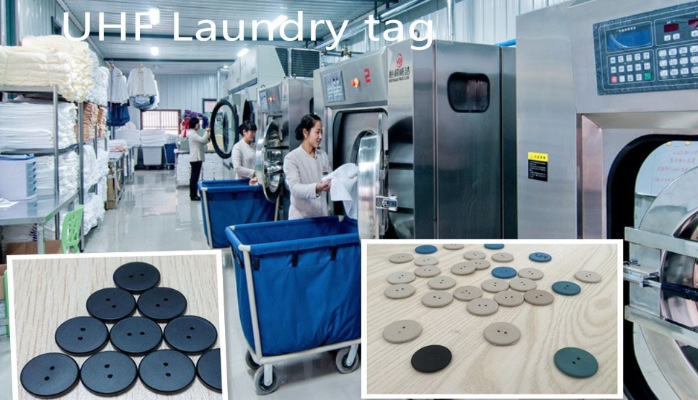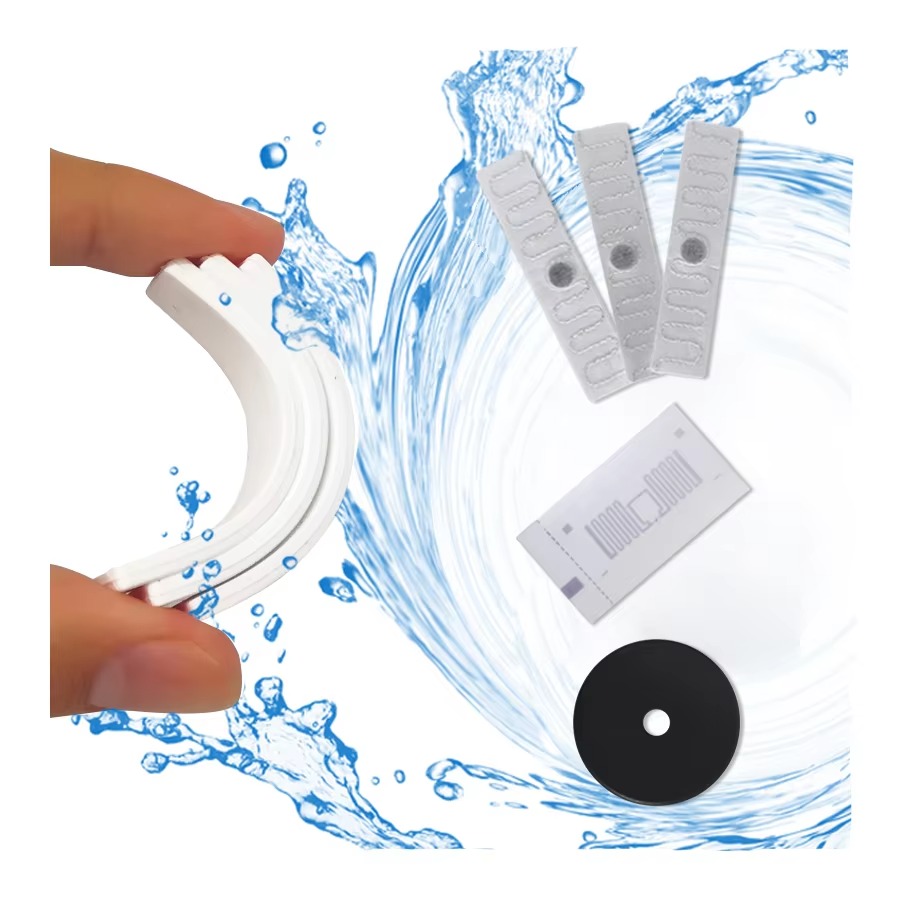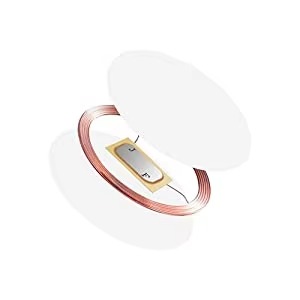
Revolutionizing Laundry Operations: 6 Key Advantages of RFID Laundry Tags
Embracing RFID laundry tags can revolutionize the way you manage linen in your laundry facility, whether it’s large-scale or smaller in size.
Now the fast-paced laundry industry, efficient tracking and management of garments are crucial for operational success. Durable UHF RFID tags are revolutionizing how laundry facilities manage their inventory, ensuring that garments are tracked accurately throughout the washing process. This article delves into the benefits, applications, and technology behind RFID tags in the laundry sector, making it a must-read for industry professionals looking to enhance their operations.
UHF RFID tags (Ultra High Frequency Radio Frequency Identification tags) are small electronic devices that use radio waves to transmit data. These tags consist of a chip and an antenna, allowing them to communicate with RFID readers. In the laundry industry, these tags are specifically designed to withstand harsh washing conditions, making them ideal for tracking garments throughout the cleaning process.The NXP UCODE 9 chip is a popular choice for these tags due to its durability and efficiency. With a label size of 70x15mm and an antenna size of 65x12mm, these tags can be easily integrated into various textiles without compromising the garment’s integrity.
Washable RFID tags operate by embedding a unique identifier within the tag’s chip. When a garment with an RFID tag passes through an RFID reader, the reader emits radio waves that activate the tag. The tag then transmits its unique identifier back to the reader, allowing for real-time tracking and data collection.These tags are designed to withstand multiple wash cycles, high temperatures, and exposure to detergents, ensuring they remain functional throughout their lifecycle. This durability is essential for maintaining accurate inventory records and ensuring efficient laundry operations
The laundry industry faces numerous challenges, including managing large volumes of garments, ensuring accurate inventory, and preventing loss or theft. RFID tags provide a solution to these challenges by enabling efficient tracking and management of garments from the moment they enter the laundry facility until they are returned to the customer.By implementing RFID technology, laundry facilities can streamline their operations, reduce labor costs, and improve overall efficiency. This technology is particularly beneficial in environments such as hospitals and hotels, where accurate tracking of linens and uniforms is critical.
Using RFID laundry tags offers several advantages:
These benefits contribute to a more efficient and effective laundry operation, ultimately leading to cost savings and increased profitability.
RFID tags significantly enhance inventory management by providing accurate, real-time data on garment status. This technology allows laundry facilities to:
Durability is a key feature of RFID tags used in the laundry industry. These tags are designed to withstand:
This durability makes RFID tags an ideal choice for laundry applications, ensuring reliable performance over time.
Implementing RFID technology in laundry operations involves several key steps:
By following these steps, laundry facilities can successfully integrate RFID technology into their operations, leading to improved efficiency and accuracy.
There are several types of RFID tags available for laundry applications, including:
Choosing the right type of RFID tag is crucial for ensuring effective tracking and management of laundry items.
RFID tags play a significant role in enhancing security and preventing counterfeiting in the laundry industry. By embedding unique identifiers within each tag, facilities can:
These security features contribute to a more secure and efficient laundry operation.
The future of RFID technology in the laundry industry looks promising. As technology continues to evolve, we can expect to see:
The continued evolution of RFID technology will undoubtedly shape the future of the laundry industry, making it more efficient and responsive to customer needs.
By understanding and utilizing durable UHF RFID tags, laundry facilities can optimize their operations, improve efficiency, and enhance customer satisfaction.
Newest trends and common knowledge in RFID laundry tags.

Embracing RFID laundry tags can revolutionize the way you manage linen in your laundry facility, whether it’s large-scale or smaller in size.

The ISO15693 RFID Disc NFC Tag is engineered for robust performance in challenging outdoor environments.

The 13.56 MHz RFID 1K token coin tags present an excellent solution for asset tracking, primarily due to straightforward installation, and robust durability.
Didn’t find what you want? Ask our manager for help!